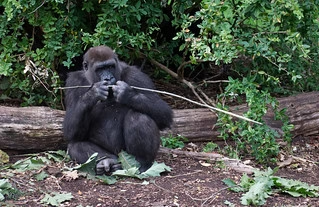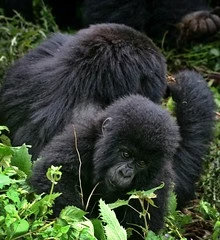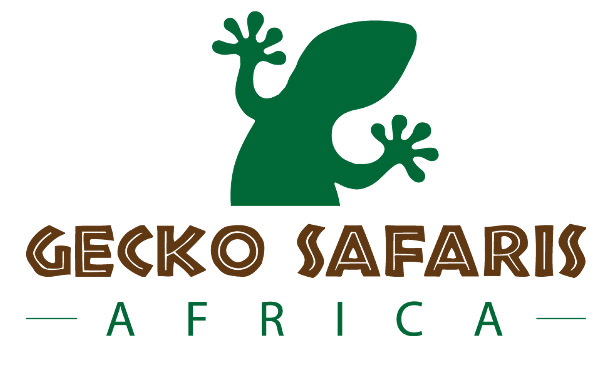How Difficult Is Gorilla Trekking in Uganda?Gorilla trekking difficulty: Uganda gorilla trekking challenges.

How Difficult Is Gorilla Trekking in Uganda? Gorilla trekking in Uganda is a thrilling adventure that brings you face-to-face with majestic mountain gorillas in their natural habitat. But before embarking on this life-changing journey, you might wonder: How challenging is it? The answer depends on several factors, including your fitness level, the terrain, and weather conditions. This guide breaks down what you need to know about the difficulty of gorilla trekking and how to prepare for a successful experience.
What Makes Gorilla Trekking Challenging?
1. Rugged Terrain
Gorilla trekking typically takes place in dense rainforests within Uganda’s Bwindi Impenetrable National Park and Mgahinga Gorilla National Park.
These areas are characterized by steep hills, uneven trails, and thick vegetation, which can make trekking physically demanding.
- In Bwindi, expect steep ascents and descents along muddy paths, especially during the rainy season.
- Mgahinga’s volcanic terrain includes higher altitudes and rocky trails, adding a different type of challenge.
2. Trek Duration
The length of the trek can vary depending on the location of the gorilla families.
- Shortest treks: 1–2 hours if the gorillas are near the starting point.
- Longest treks: Up to 8 hours round trip if the gorillas are deep in the forest.
The unpredictability of the gorillas’ movements adds an element of surprise, making the experience exciting but physically challenging.
3. Weather Conditions
Uganda’s tropical climate means rain is always a possibility, even during the dry season. Wet and muddy trails can make trekking more difficult, so sturdy footwear is essential.
4. Altitude
Bwindi’s altitude ranges from 1,160 to 2,607 meters (3,806 to 8,553 feet), while Mgahinga lies at an even higher elevation. Although these altitudes are not extreme, they can make trekking more strenuous, particularly for those unaccustomed to higher elevations.
How Fit Do You Need to Be?
You don’t need to be an athlete to enjoy gorilla trekking, but a reasonable level of fitness is important. Preparing with regular cardio exercises, hikes, or brisk walks can help you handle the steep climbs and long hours.
For travelers with limited mobility or concerns about endurance, porters are available to assist with carrying backpacks and providing support on challenging trails.
Tips to Make Gorilla Trekking Easier.
1. Hire a Porter
Porters are local experts who can carry your gear and lend a hand on tough sections of the trail. Hiring a porter costs about $15–$20 and supports the local community.
2. Dress Appropriately
Wear long-sleeved shirts, long pants, and sturdy waterproof hiking boots. Don’t forget gloves to help navigate through thorny bushes and a lightweight rain jacket for unexpected downpours.
3. Pace Yourself
Take breaks as needed and go at a comfortable pace. Guides are experienced and will ensure the group moves together without leaving anyone behind.
4. Stay Hydrated
Bring plenty of water and high-energy snacks. Staying hydrated and fueled will help you maintain your stamina throughout the trek.
5. Choose the Right Trekking Sector
If you’re concerned about the difficulty, sectors like Buhoma in Bwindi are known for shorter and less strenuous trails. Consult with your tour operator when booking permits to choose a sector that matches your fitness level.
Is Gorilla Trekking Worth the Challenge?
Absolutely! The effort is rewarded with a once-in-a-lifetime experience: observing mountain gorillas in their natural environment. Watching them interact, groom, and play just a few meters away is an awe-inspiring moment that makes every step of the trek worthwhile.
Gorilla trekking in Uganda can be physically demanding, but with proper preparation, anyone with a reasonable level of fitness can enjoy this unforgettable adventure. Whether you encounter challenges with the terrain, weather, or altitude, the chance to see these incredible creatures up close is well worth the effort.


